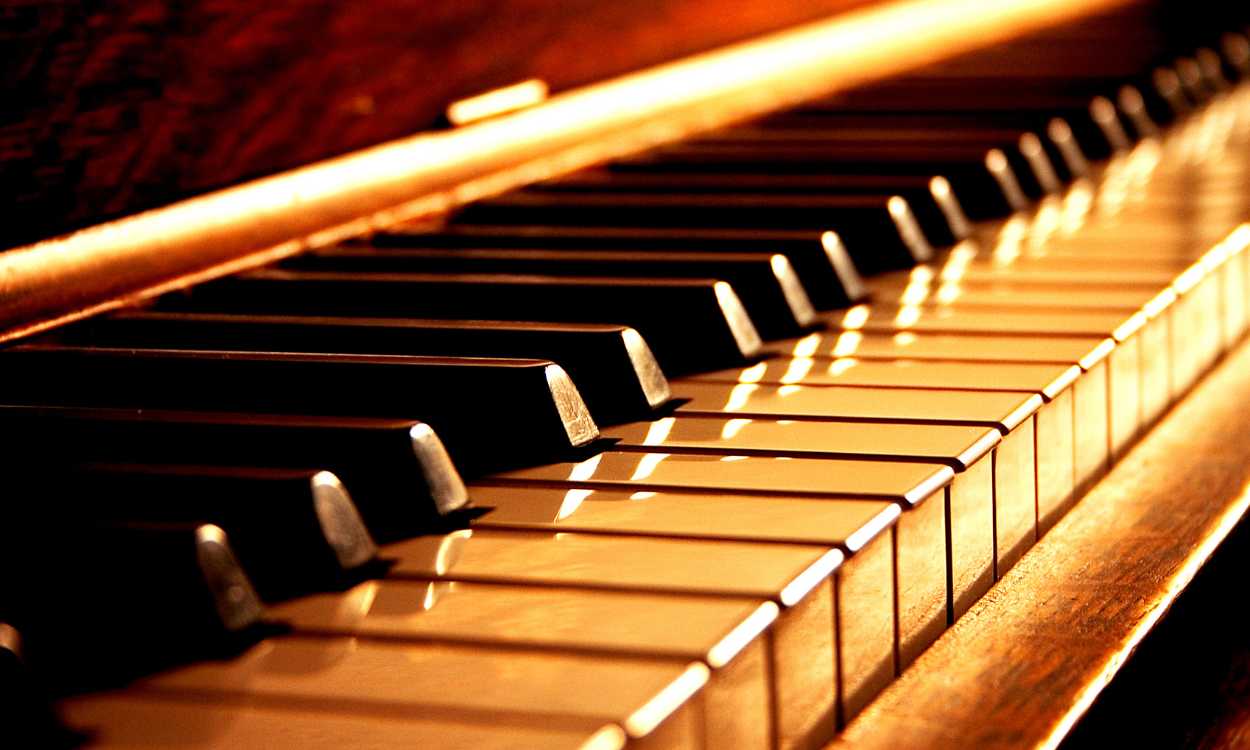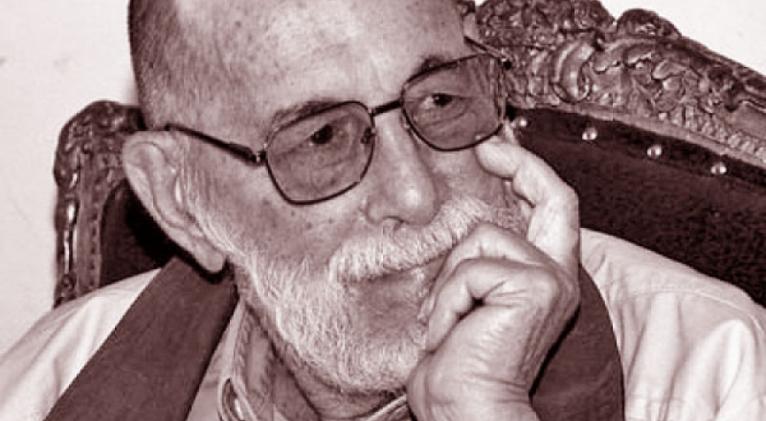A Day to Celebrate the Piano

World Piano Day is celebrated every year on the 88th day of the calendar – 29 March (or 28 March in leap years) – a symbolic date that honours the 88 keys of this universal instrument.
The initiative was launched in 2015 with the aim of fostering a love for the piano and preserving its cultural heritage, thanks to German composer and pianist Nils Frahm, known for his innovative fusion of classical music, electronic sounds and sonic experimentation.
The celebration will include concerts, workshops, masterclasses and community events, inviting both professional and amateur pianists to share their passion for music, especially the art created on this instrument. Music schools, theatres and public spaces will join forces to highlight the piano’s role as a cornerstone of musical creation in a variety of genres – including classical, jazz, pop and folk traditions.
The piano’s roots can be traced back to ancient instruments such as the harpsichord and clavichord, but it was the Italian maker Bartolomeo Cristofori who built the first true piano in 1700 – which he called the «gravicémbalo col piano e forte». Its groundbreaking hammer mechanism allowed the player to vary the intensity of the sound, revolutionising musical expression.
The nineteenth century saw the rise of the grand piano, designed for large concert halls. The Industrial Revolution spurred its mass production with technical innovations such as steel strings and sturdier construction, establishing the piano as an essential instrument both at home and on stage.
Throughout history, geniuses such as Ludwig van Beethoven, Frédéric Chopin and Franz Liszt have used the piano as their creative tool, composing works that have defined classical music. In Cuba, the piano found a distinctive voice through masters such as Ignacio Cervantes – a pioneer of musical nationalism; Manuel Saumell, one of the most influential figures of 19th-century Cuba; Ernesto Lecuona, creator of iconic indigenous pieces; Huberal Herrera, an exceptional performer; the legends of Afro-Cuban jazz, Bebo and Chucho Valdés; Frank Fernández, a revered teacher of the Cuban piano school; Jorge Luis Prats, another virtuoso; Ulises Hernández, who continued to teach piano; Rubén González, the soul of the Buena Vista Social Club; Frank Emilio Flynn, who bridged the gap between film and jazz; as well as maestros José María Vitier, Ernán López-Nussa and contemporary jazz pioneers such as Gonzalo Rubalcaba, Aldo López-Gavilán and Harold López-Nussa.
Today, the piano remains a powerful symbol of creativity and musical training. Whether in grand concert halls or digital studios, its versatility continues to drive artistic innovation. Cuba in particular, with its rich tradition of virtuosos, continues to produce new voices that reinvent the language of this timeless instrument.
Translated by Luis E. Amador Dominguez
Photo: El Plural



